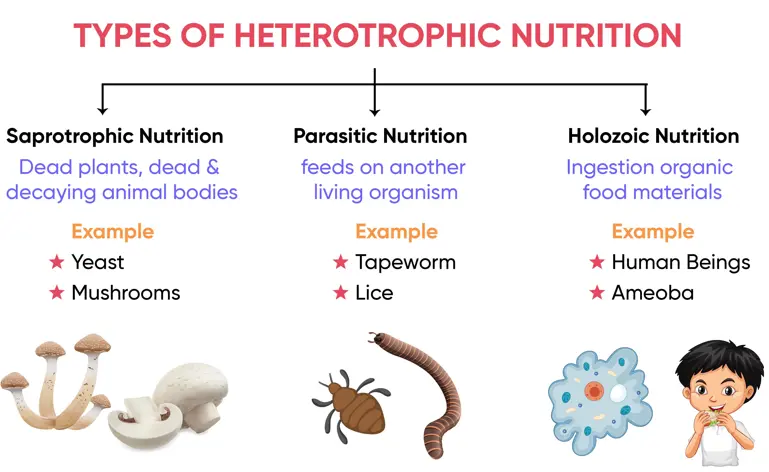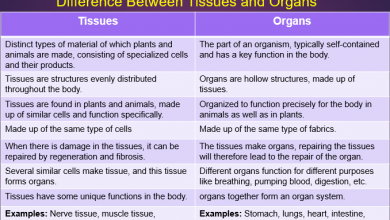Heterotrophic Nutrition | Definition, Types And Examples

Heterotrophic nutrition is carried out by all living beings that need to feed on other beings or organisms, in which organic substances are transformed into nutrients and energy necessary to live. Those who carry heterotrophic nutrition are living beings and organisms such as humans, animals, protozoa, fungi and various bacteria.
Meaning Of Heterotroph
Heterotrophs are much more abundant than autotrophs, which are those that produce their own nutrients from inorganic substances. However, heterotrophic beings do not have the ability to transform inorganic matter into organic matter , so they depend on organic elements synthesized by other organisms.
What is Heterotrophic Nutrition?
Heterotrophic nutrition occurs when heterotrophic beings consume food that is digested and assimilated by the cells of the organism that are responsible for absorbing organic matter, which is converted into nutrients, vitamins, minerals and energy, the latter obtained from proteins, lipids and carbohydrates.
Types of heterotrophic nutrition
There are different types of heterotrophic nutrition depending on how their food is obtained.

Holozoic nutrition:
It refers to animals that eat all their food. This nutrition occurs in particular in those animals, such as humans, who have a specialized digestive system that allows the intake of solid foods that go through a process of ingestion, digestion and absorption of nutrients.
Saprotrophic nutrition:
It refers to organisms that feed on decaying organic matter or non-living organic remains, for example, bacteria, larvae, fungi, molds, or yeast. This type of nutrition is important because it enables the recycling of organic matter from plants and animals.
Parasitic/parasitism nutrition:
This type of heterotrophic nutrition is characteristic of organisms that feed on other living beings without killing them, for example, worms, lice, ticks, among others.
Heterotrophic Nutrition Examples
Bacteria, fungi, yeast, cows, dogs, humans are all heterotrophs. They all depend on plants and other animals for their food.
Goats, cows and ruminant animals
These animals extract from plants all the organic content necessary to survive and build their own tissues, which serve as sustenance for predators with an exclusively vegetarian diet.
Lions, tigers, big cat predators
The great meat eaters of the animal kingdom need to hunt and devour other animals, usually the large herbivores that coincide with their habitats , in order to consume the necessary nutrients to start their own metabolism.
Fungi and decomposers of the kingdom fungi
Fungi, despite being immobile like plants, do not share with them the capacity for photosynthesis that allows them to convert sunlight into energy, so they must decompose and absorb previous organic matter, either decomposing humus from the soil in the forests , from the humid and enclosed parts of the skin of a host, or from the excrement of other living beings, depending on the type of fungus (decomposer, parasite).
Bacteria
Bacteria also known as autotrophic, capable of photosynthesis or chemosynthesis , but the vast majority are dedicated to the processing of foreign organic substances, either parasitizing other living beings or decomposing dead organic matter.
Carnivorous plants
These plants have organs specifically adapted to the digestion of small insects that, attracted by the sweetness of their aromas (or often because they smell of decomposing meat), are then captured and slowly digested to provide the plant with supplementary organic material.
Read Also:


